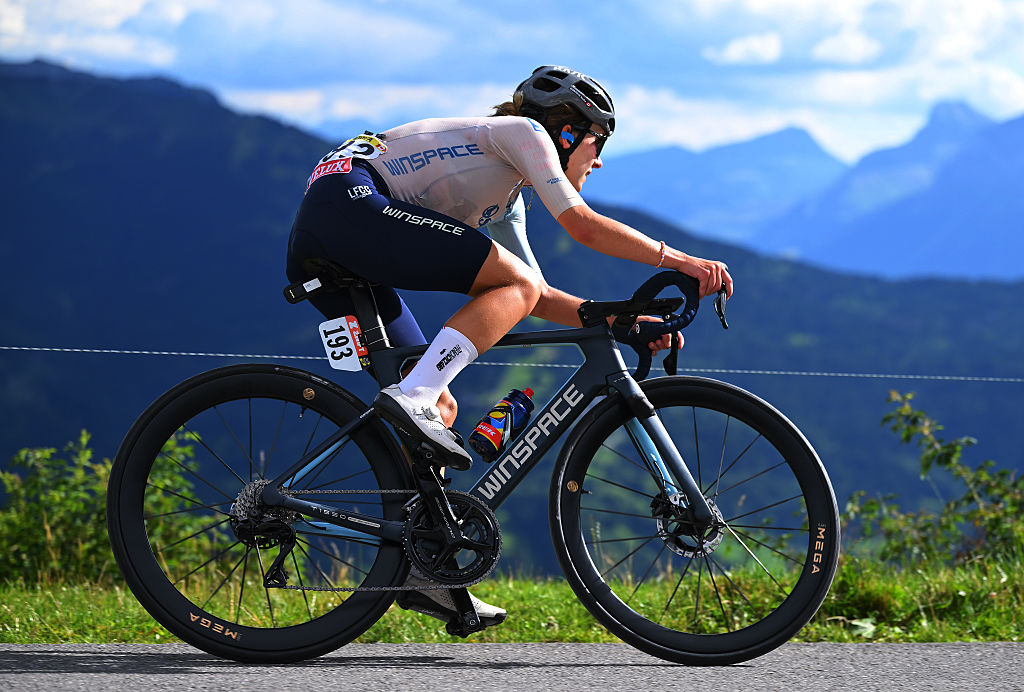Craig Lewis retires after Lampre deal falls through
American "lucky to make it out of cycling alive"
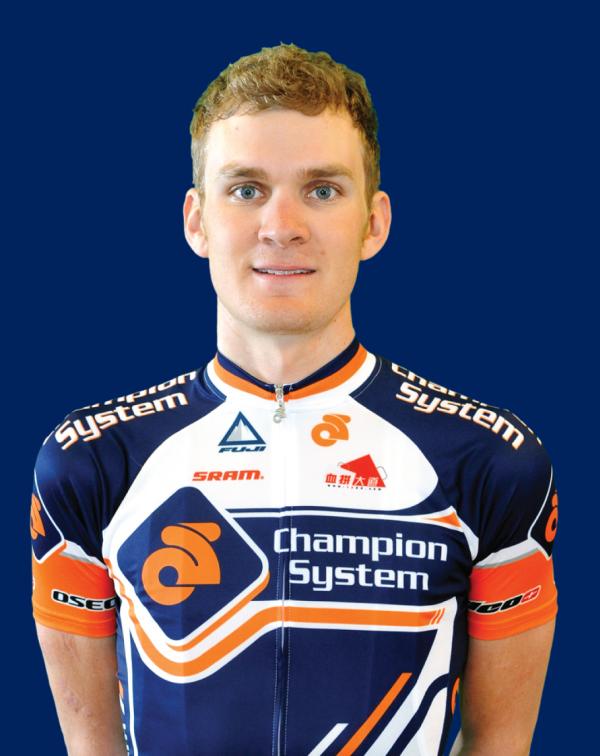
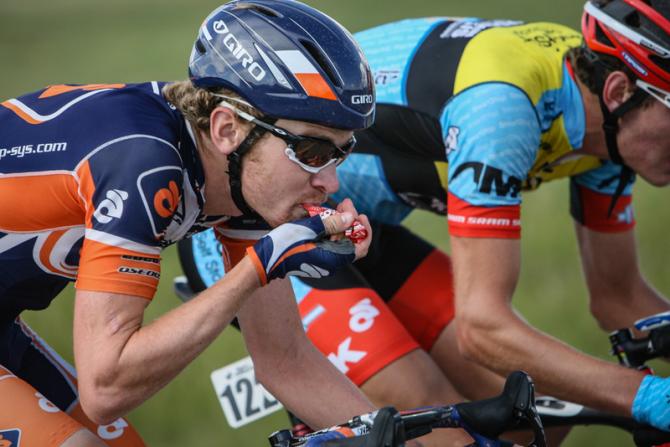
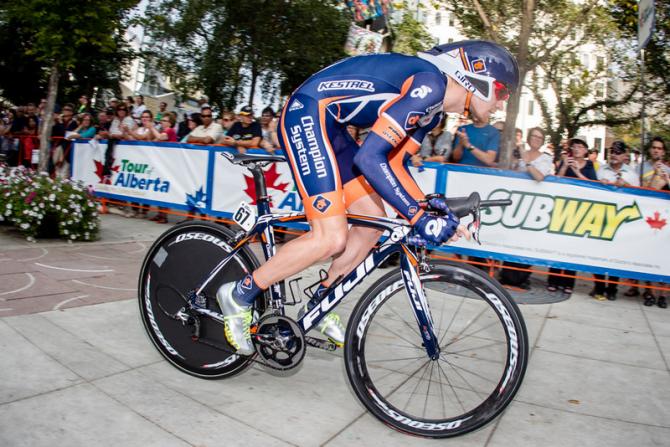
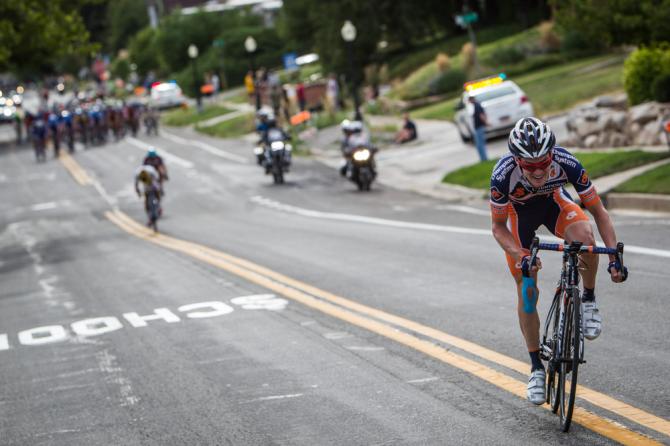
Craig Lewis did not plan to retire from cycling at the age of 29, and up until January he was fairly sure he would be the American to ride for the Lampre-Merida team. But when the team opted to sign Vuelta a España winner Chris Horner instead, Lewis had no back up plan to continue in the sport, and so he decided to hang up his race wheels.
"I didn't think my career would end so soon," Lewis told Cyclingnews. "I thought I would race into my 30s. But it's probably for the best for a number of reasons. I had been talking with Lampre since October, but I never had a great feeling that they would look after my best interests. When it fell through, I didn't have any other options."
Lewis, however, has no regrets about leaving the world of competition.
"I would have liked to have gone in a different way, or out on my own terms, but I'm lucky to make it out alive."
When Lewis says he is lucky to make it out alive, he means it. As a fresh-faced 19-year-old kid racing in one of his first big professional events, the Tour de Georgia, Lewis was riding in the safety of the race enclosure, behind a lead motorbike, when a driver pulled onto the course suddenly, right in front of him. He crashed face first into the side of the car, punctured both lungs, suffered multiple fractures, and had internal bleeding. His career and his life very nearly ended that day in 2004.
He rallied back, riding as a strong support rider first for Slipstream and then HTC-Columbia for four seasons. The hard work culminated in a trip to a Grand Tour podium when the team won the team time trial in the Giro d'Italia in 2011. But the long, gradual rise was followed by a short, sharp drop.
Just days before completing the Giro, Lewis crashed into a road sign and broke his femur - an injury which he fought hard to overcome - only to learn that his team, HTC-Columbia, was folding.
The latest race content, interviews, features, reviews and expert buying guides, direct to your inbox!
"When I broke my leg in the Giro, I knew that regardless of how long I could race, I needed an exit strategy. I knew I needed to find something I could be as passionate about as I was for racing. I knew it would be wine-related, because wine embraces the same culture as cycling more than anything else."
Lewis's cycling career was given a reprieve when he signed with the Champion System team for the 2012 season. He won his first race, a stage of the Tour de Beauce in June of 2012, signalling that the rehabilitation of his leg had been a success. Then, with a year still left on his contract in 2013, that team, too, folded unexpectedly.
"Nobody saw it coming," Lewis recalls. They gave us a week before the announcement was made public."
It was the middle of September, and Lewis had just come off a successful stretch of racing: he had worn the most aggressive rider's jersey in both the Tour of Utah and the USA Pro Challenge in his own state of Colorado, but it was still a little late to be looking for teams.
"I could have ridden for a domestic team at that point, but I didn't really have any feelers out, I didn't have an agent working for me.
"I was happy to have those races be the last of my career."
It has been a strange few years in professional cycling, and Lewis doesn't blame the decline in opportunities for riders like him, or 2012 national champion Timmy Duggan, or any number of his own former Champion System teammates who have not found jobs, on the doping scandals that have plagued the sport.
"We can't blame it all on Lance [Armstrong]," Lewis said. "I've noticed this for years, I thought we had already hit rock bottom, but it keeps going down. The sport just doesn't market itself, and it needs some big changes - a lot has to happen for the sport to be appealing for companies to sponsor. It's not sustainable the way it is."
The sport also give little in the way to riders for their post-career plans. Instead, Lewis says, riders need to learn to market themselves along the way, much in the way cyclo-crosser Tim Johnson has done with Red Bull.
"Tim Johnson is a role model that young cyclists should look up to," he said. Riders cannot just hope their results sell themselves, and must instead forge relationships with sponsors. "Results only work for a few people."
Lewis found his own value in the relationships that cycling can foster, and now uses the recreational side of the sport to help build his wine import business, Stelvio Selections.
"I was just in Italy with my bike, with some producers and friends who ride bikes. Most of my clients in Colorado are either into cycling or enthusiastic about the outdoors, so it helps a lot with connections."
Lewis continues to ride for enjoyment, and helps run some recreational cycling tours a few times a year, and he has no regrets about leaving the sport. He has ruled out a return to professional cycling.
"I'm working full time on my business, and it has grown to be bigger than I can even manage by myself. It would be tough to come back to the sport with it taking so much of my time."
Lewis plans to keep travelling, continue riding his bike and living the lifestyle, "without having to worry about gaining a few pounds", and wanted to thank his mentors for helping him have the career he did. "I want to thank Rich Hincapie [who invited Lewis to join his first team], Jonathan Vaughters, Bob Stapleton and Ed Beamon for all the support, encouragement and help they gave along the way."

Laura Weislo has been with Cyclingnews since 2006 after making a switch from a career in science. As Managing Editor, she coordinates coverage for North American events and global news. As former elite-level road racer who dabbled in cyclo-cross and track, Laura has a passion for all three disciplines. When not working she likes to go camping and explore lesser traveled roads, paths and gravel tracks. Laura specialises in covering doping, anti-doping, UCI governance and performing data analysis.
